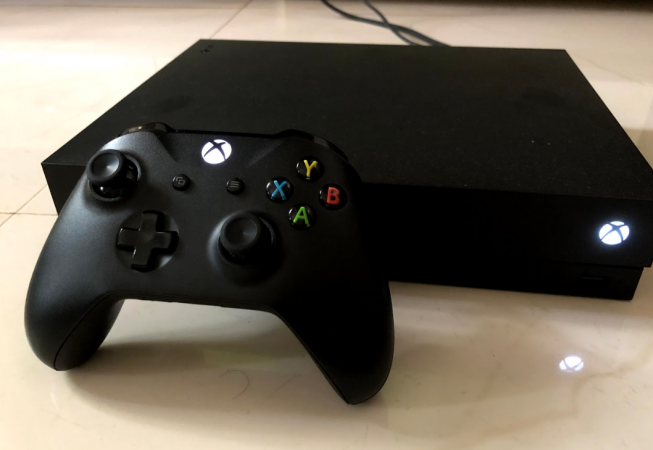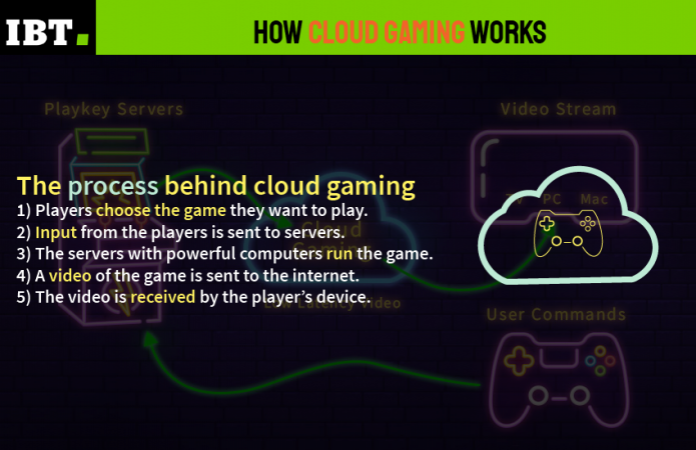
There was a time when people were blowing into little plastic cartridges, hopeful of getting their copy of Contra to work properly with their Mitashi (or N64 or Atari, depending on the location). Today, streamers are screaming at screens in frustration when a little lag in PUBG causes them to lose their dinner.
The ability to play video games without having to download them is an enticing notion for gamers and corporations alike. Instant delivery of content and no requirements for the showroom. It's a win-win, and the scene is already shifting from brick-and-mortar stores to digital retail. Steam, GOG, Humble and other digital game providers have been major perpetrators of this change in cahoots with the console manufacturers themselves.
Now, we have software giants releasing "exciting" cloud gaming services – Stadia, ProjectX, Apple Arcade – it is obvious that people will soon have an additional monthly expense apart from today's video or music streaming platforms. This subscription-based economy is not new though. It has existed since the time of newspapers and milkmen. When the consumer started demanding variety in consumption, was when came in third parties to host products for the various manufacturers.
OnLive's Tribulation
OnLive became the talk of the town when it introduced cloud gaming to the world back in 2010. People could play the graphically-taxing Crysis without having to worry about their PC's processing power. All they needed was a good internet connection to stream the game from remote servers.
Where did OnLive miss out, though? One aspect is the lack of a "good internet connection" back then. ISPs could not provide the kind of infrastructural change that was needed to stream a game at 60 frames-per-second on 720p resolution while other members of the average household were trying to watch YouTube. Most gamers deemed it a better option to buy the game and play it on their PC instead.
Other sources say it was just bad timing and worse luck, with HP backing out of a $15 million deal. Microsoft created other hurdles for the company, out of fear that OnLive would bring about obsolescence of gaming consoles. They removed Windows 7 from their Services Provider Use Rights (or SPUR) roughly a month after OnLive launched their desktop platform.
They required the transfer of OnLive from Windows 7-based servers to Windows Server 2008. Perlman talked about this in an interview with GameCrate. "Microsoft and Sony didn't like what we were doing because we were essentially rendering standalone game consoles obsolete," he said.

Modern Cloud Gaming services
Sony's PlayStation Now is only the tip of the iceberg in this massive industry. As far as streaming video games go, every major IT company wants to dip their fingers in the pot. A Google search for cloud gaming shows numerous service providers leasing out servers to stream games.
Google's own upcoming cloud-gaming platform Stadia promises features that could turn the industry around. Seamless switching between displays and the ability to play a game whose gameplay you're watching on YouTube can make everyone a potential gamer.
Microsoft describes their vision of the future of gaming on their ProjectX page, asking players to "Imagine that you just began a single-player campaign the day before heading out of town and want to keep playing from where you left off... Or maybe the living-room television is occupied by someone else in the household when you arranged to play co-op with your friends."
Microsoft's vision only scratches the surface of what the potential this technology can bring. However, not everything is goody-good yet. Massive discounts on big titles and game subscriptions have gained popularity in the past couple of years. When Microsoft released the Game Pass, it made it possible for players to download any game from their expansive list which had popular and niche titles alike.
People paid for this subscription too, holding faith that one day they will be able to play all those games with this subscription. Truth is, people rarely use a subscription after it becomes a part of their life. It is convenient for people to like something, commit to paying for it on a regular basis and then push it down their list of priorities (yes, just like that gym membership).
This phenomenon is common because there is no strife to 'get' that service now. It has been paid for already and there is all the time in the world to consume what has been paid for in advance. Companies use this exploit and study consumption patterns to increase their profit margin.
Take Netflix, for example. In 2018 the online streaming application brought in a total of $16 billion (Rs. 1,12,000 crores) in annual revenue. Its net income also rose to $1.2 billion last year, double what it was in 2017. A lot of this money comes from people who are subscribed to the service but rarely avail it. This makes us question our own usage of technology.
The tech world moves at an exponentially increasing pace. It went seemingly unnoticed by the world when Siri and Alexa got married on April 12 at Belvedere Castle in Vienna this year. It was quite an event celebrating the openness and culture of Vienna.
VR has been expanding, opening more possibilities for not just cloud-gaming, but other cloud-based applications too. Mixed reality, as showcased by Microsoft's HoloLens may push the limits of cloud services further, allowing artists to practise their profession on the go, and users to be constantly fed with relevant information.
All this boils down to one factor today – infrastructure.
Is Cloud the future?
Yes, inquisitive bold font. In fact, with the current pace of advancement, experts are quoting three years for cloud-based services to become mainstream. If timed right, these services will bring huge profits to corporations, and convenience to consumers. Hopefully, they will not repeat OnLive's errors and conduct pre-release surveys to gauge the usage.
It is absurdly easy to gauge users' consumption levels today. Think about it, we already use the cloud daily, from storing and sending files across the world to researching cat breeds, and everything is logged – from cursor movements to browsing patterns. It is only a matter of changing what is input into the cloud and where it is displayed.
Concerns about lag are perhaps the biggest obstacle. Today, we cannot expect internet service providers, especially in India, to deliver high speeds with consistency. Lag aside, electricity consumption and data caps are major hurdles in this country. Hence, companies will have to keep efficiency in mind while providing their services.
We can be optimistic with so many major data-loving companies hopping on the cloud bandwagon. The day may not be far when you can put on a VR headset and head to a virtual store to wonder in childlike amusement at the environments and games. Maybe check out a few titles, play a couple of demos on the spot while chatting with friends.
It would be like the 90s, but highly customisable, even tailored to your personality, and "exciting"!









